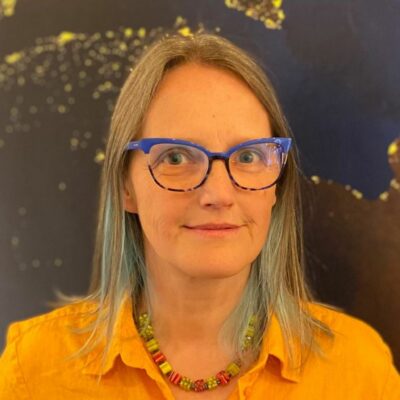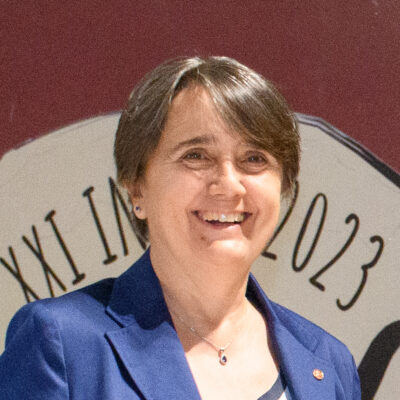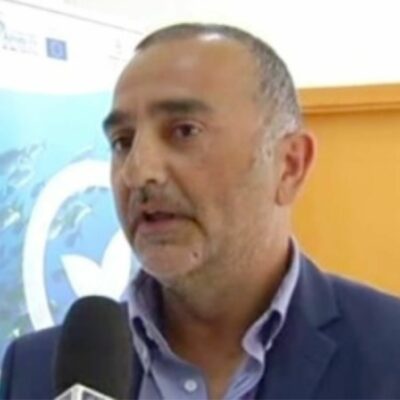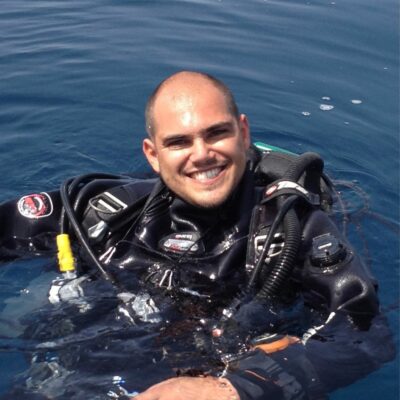Climate change is profoundly affecting biodiversity and ecosystem processes, with implications at the global scale for primary productivity, standing biomass as well as potential impacts on human well-being and the achievement of SDGs. Biodiversity and ecosystem responses span ecological scales, encompassing structural and functional components, from individual life cycles and energetics to inter-individual interactions, population and species densities and distributions, to ecological networks and ecosystem services.
For more info on the LifeWatch ERIC related Thematic Working Group and the National Biodiversity Future Center, please visit their websites.
Carmela Marangi
“An Integrated Vegetation-Soil Model for Predicting Ecosystem Responses to Climate Change”
Emiliano Mori
“Mammalian adaptations to climate change in Italy: small species and large-scale movements”
Enrico Barbone
“Institutional monitoring of Apulian marine and transitional environments in accordance with European Directives: a useful tool for the surveillance of Non-Indigenous Species”
Laura Sadori
“Long-term Biodiversity and ecosystem dynamics through Mediterranean pollen records”
Maria Laura Carranza
“High-mountain Ecosystems under Climate Change: Insights from Mediterranean summits”
Marino Gatto
“Modelling the influence of climate change on the disease ecology of plants and animals”
Martina Perez
“The DigitAP project: Integrated tools for monitoring biodiversity and the effects of climate anomalies on habitats in Italian national parks”
Milad Shokri
“Energy rules in a changing climate: Shifting cost of life and adaptive strategies in ectotherms”
Nicola Ungaro
“Institutional monitoring of Apulian marine and transitional environments in accordance with European Directives: a useful tool for the surveillance of Non-Indigenous Species”
Salvatore Causio
“Modelling Oceanographic Drivers of Marine Ecosystems and Biodiversity in a Changing Climate”
Salvatrice Vizzini
“Natural CO₂ vents as windows into future oceans: effects of acidification and other environmental stressors on biodiversity and ecosystems processes”
MUST (Museo Storico Città di Lecce)
Conference Room
Via degli Ammirati, 11
Several airlines fly to the Apulian airports of Brindisi and Bari (Aeroporti di Puglia) from main European Capitals and other national and international destinations. Here’s how to reach Lecce:
From Brindisi Airport
Approximate distance: 50 km
By Bus: Take bus COTRAP (the bus stop is on the right of arrival area). The bus takes about 40 minutes and it stops at Lecce at the Foro Boario/City Terminal.
By Air-Shuttle: Shuttle service specialised in transporting passengers to and from Brindisi Airport and their hotels. You can book your transportation online at airshuttle.
From Bari Airport:
Approximate distance: 150 km
You should take the train from the airport to the central train station and then take the train to Lecce (please visit Trenitalia to check the time schedule).
By train:
Lecce is well connected to the Italian railway network and can be easily reached by train from many major cities. High-speed and intercity services are available from:
- Rome: Direct trains take approximately 5.5 to 6 hours.
- Milan: Direct and connecting trains take around 9 to 10 hours.
- Bologna: Trains take approximately 7 to 8 hours.
- Naples: Around 4.5 to 5.5 hours depending on the service.
Check Trenitalia or Italo for schedules and ticket bookings.















